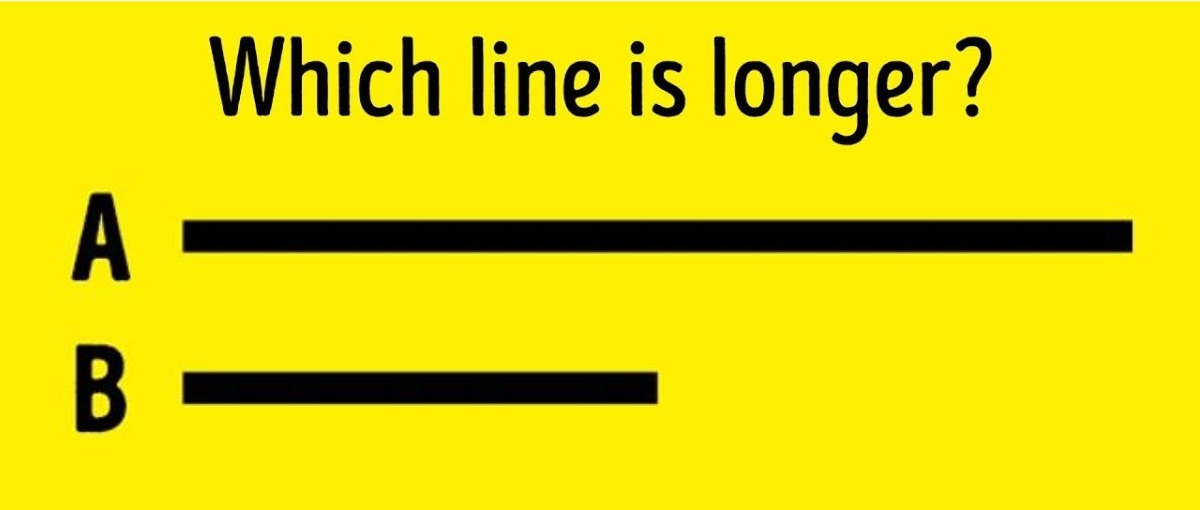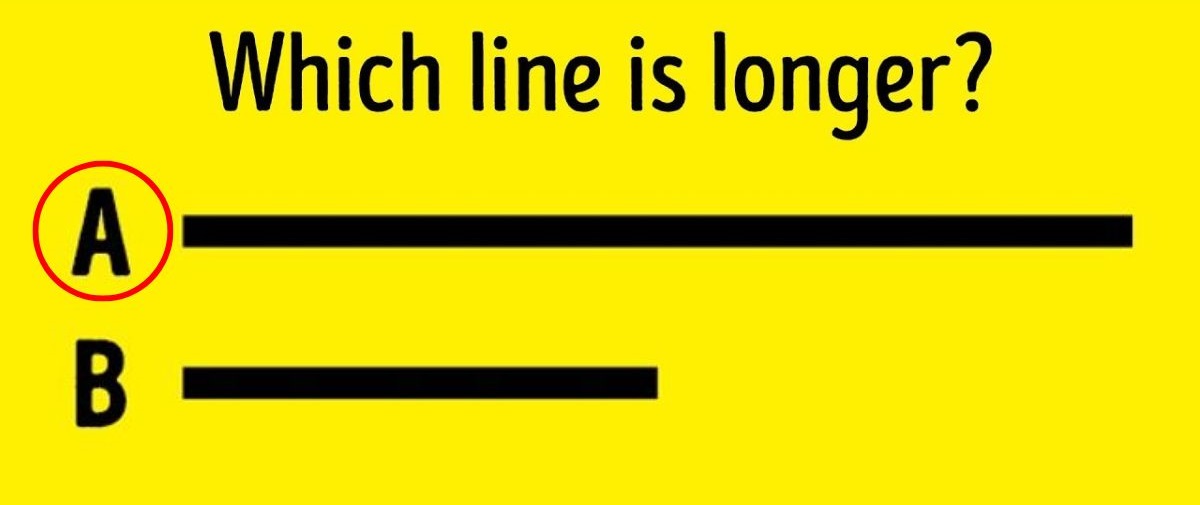Optical illusions are visual phenomena where perception differs from physical reality, often involving misinterpretation of size, shape, colour, or motion. These illusions are studied in fields like psychology, neuroscience, and art. These offer insights into how the brain processes visual information and how context influences perception. There are different types of optical illusions, including geometric optical illusions, cognitive illusions, and physiological illusions.
Some theories suggest that engaging with optical illusions can train the brain to see past misleading visual cues and interpret images more accurately. Optical illusions can improve focus by requiring the viewer to actively analyse the image and resolve the conflicting visual information. By challenging the brain to interpret ambiguous or conflicting information, illusions can indirectly improve problem-solving abilities.
Optical illusions are also effective at training the brain to adapt to different perspectives and tolerate ambiguity, which in turn increases mental flexibility. Optical illusions also help to understand the complex mechanisms of visual perception by highlighting the shortcuts and assumptions the brain uses to process visual information. That's not all. Engaging with optical illusions can also help the brain to enjoy a break from daily stressors, offering a mental reset.
Today's optical illusion plays with perception. The image features two parallel lines. Your challenge is to tell which line is longer. You will get 5 seconds to figure out the answer. This optical illusion will reveal if you have exceptional visual perception. Ready?
Visual IQ Test: Can You Tell Which Line Is Longer? Answer In 5 Seconds!

This optical illusion will play with your perception of size and distance. Will you be able to see through the deception?
The image features two straight horizontal lines. It asks you to compare and tell which line is longer.
You will get 5 seconds to figure out the answer.
This optical illusion has managed to stump 99 percent of people who attempted to solve it.
Which line do you think is longer?
Take This Brain Teaser Challenge To Prove You Are Highly Intelligent! Can You Spot The Error In 5 Seconds?
This illusion shows that our brains are used to judging the size of objects based on their distance.
The key is to understand the illusion. The visual cues may lead to misinterpretation.
To determine which line is longer, you need to trust your gut and observation.
The pressure of the challenge can affect your perception.
Did you figure out which line is longer?
Answer Revealed!
The line A is longer. This optical illusion is the trickiest ever you must have come across. This illusion does not just assess your observation skills but also tests your conformity under pressure. Did you second-guess your answer?

Comments
All Comments (0)
Join the conversation